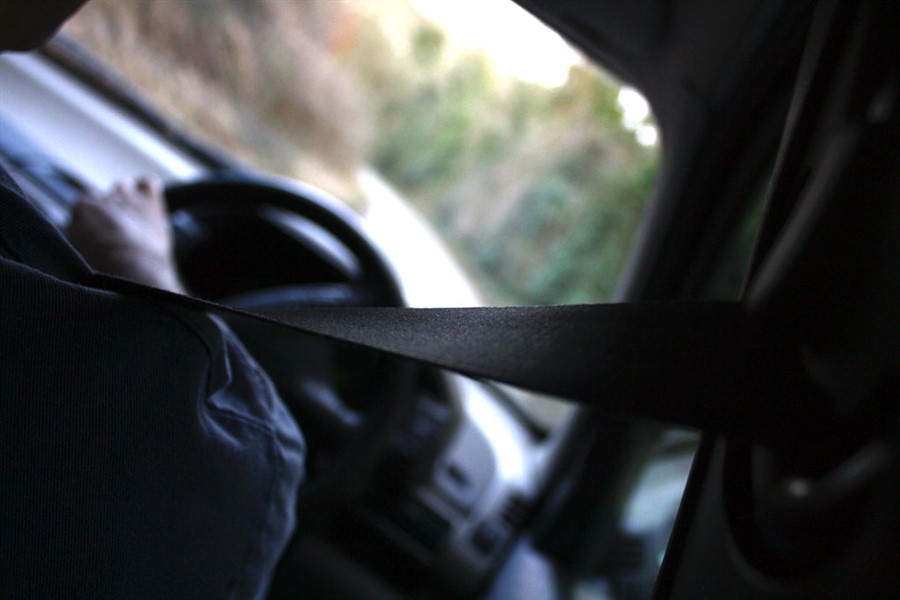There are few experiences in life that are more satisfying than getting the cash together to buy yourself a new car. It's a purchase that is likely to stay with for a very long time, however, and in relative terms it comes at quite a cost.
All this means that the choice you make regarding the model you would like has to be a very careful one indeed. This can be manifested in a number of different ways. For example, the aesthetics or fuel efficiency. But there is another feature that is probably more important than those. In fact, it should be a priority and could even one day be the difference between life and death. Of course, the subject we are talking about is safety.
With that in mind, the following is a guide to the car safety features that should be at the front of everyone's minds when purchasing a new model and the accessories that could help remove some of the dangers that are normally part and parcel of being on the road.
Euro Ncap Tests
These are the measures that are taken by the European Union to ensure that every car on the continent that hits the road is fit and safe to do so. Every time a new model is launched in Europe, qualified inspectors will give the plans the once over so that they can come up with an appropriate Ncap rating.
Each and every car is then ranked against its rivals in a league table, making it easier for prospective motorists to work out just how safe the model they have got their eye on really is. This is an incredibly useful resource for anyone who holds safety as a priority, but might occasionally feel overwhelmed by the jargon that is thrown at them by manufacturers and retailers.
Make extra allowances for children
When buying a new family car, safety could well be a higher priority than in many other situations, as there are the potential circumstances of young children to consider. Motorists who know they will have children as passengers face a different challenge to those who only drive alone and they may well need to invest in some extras safety features.
Probably the most obvious are child locks. These security functions ensure that the doors of the car automatically lock when they are shut, meaning there is no chance of a young child playing with the it and possibly opening the door while the car is in motion.
Then there is the additional option of a child seat, which is a legal requirement for any child who is too small to be appropriately restrained by a seatbelt.
Another great tip is to take the kids along with you when you head to the showroom. This gives an opportunity to properly test out just how suited a particular vehicle is to your personal requirements.
Be clear with car dealerships
As we mentioned earlier, one issue – whether intentional or not – is the fact that car dealers can sometimes bombard customers with technical speak in an effort to push a deal through.
Remember, there should never be any embarrassment about being ignorant on a subject. Car dealers are aware that they are particularly knowledgeable in their field, whereas customers might not have much of a clue. Explicitly ask dealers to explain anything you are not completely sure of, especially when it comes to safety features.
Furthermore, if you do end up agreeing to pay for some optional extras to ensure safety, ask the supplier to give you written confirmation of all the pieces of equipment that you are being sold. This will give you a proper idea of the features that are available to you and offer the best opportunity of being safe on the road.
Beware of 'special edition' models
Sometimes one-off 'special edition' models do not come with the minimum safety features as standard. In these cases, you might be required to pay extra to acquire them and occasionally they may not be compatible with a special model at all.
Always be very clear when talking to suppliers about the model you are trying kit out, as they should be able to give you all the ins and outs of your chosen vehicle.
